Future of Robot Butlers
4 January 2022
Are we moving towards a world portrayed in the TV show Humans (or, The Jetsons) where robotic assistants will enter our homes?
Maybe, but we’re not quite there yet.
So far, corporations have only successfully marketed voice assistants (like Alexa), smart devices (like smart locks and thermostats) and robot vacuum cleaners for home use because of the many shortcomings of the current generation of robots.
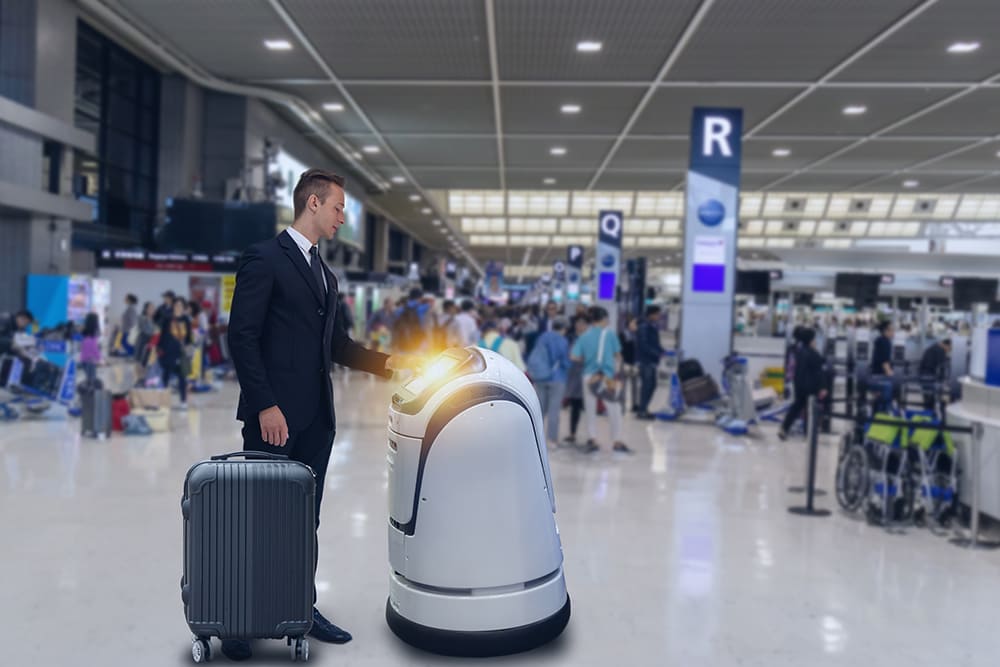
The shortcomings of today’s robots
First, robots don’t have a lot of dexterity with the range of objects and textures that would be found in a typical home. While many robots can pinch, grasp, or use suction to pick up objects, they can’t manipulate a variety of objects or textures the way humans can.
Another problem robots encounter is understanding where objects are in space. Imagine asking a robot to clean up your child’s room. The robot would have to recognize each object — is it a toy? A piece of clothing? A cup? — pick it up, and then know how to navigate the house, understanding which rooms are which, and finally put each object where it’s supposed to go. iRobot, makers of Roomba vacuums, are starting to tackle this problem by letting users identify objects in their home that the Roomba will then be able to “recognize.”
In labs, demonstration videos, and on production lines, robots demonstrate some pretty impressive skills, everything from picking up clothes and folding laundry to flipping burgers to assembling widgets.
But those tasks are all being executed in relatively controlled environments, with safety protocols — not in the comparative chaos of the average home, which might have kids, pets, and the elderly.
Experts say that it isn't that the issues of safety, spatial knowledge, and lack of dexterity can't be met, rather that they haven't been met yet. The bigger problem is that, the more sophisticated and safe robots become, the more expensive they get.
Robot assistants available today
Boston Dynamics’ famous robot dog, Spot, costs $75,000 — and that’s before you add the arm attachment that would allow it to move things. Amazon has introduced a home robot called Astro for $1,000, but it’s essentially just a mobile surveillance robot. It can transport small items from room to room, but it can’t pick things up or put them down on its own.
Samsung has revealed its first personal robots (with a price tag of around $22,000), and the Tesla bot, known as Optimus, is Elon Musk’s vision of the future, promising a prototype by 2022.
But for now, many people will rightfully believe that these sorts of jobs — including the traditional role of butlers and other home assistants — can be performed more efficiently and less expensively by actual humans.
In fact, Wal-Mart famously decided to replace robots with more human workers when they realized humans could more easily and accurately perform inventory tasks.
Ultimately, I believe robots will become more and more ubiquitous in the home — beyond vacuuming our floors or turning on the lights — but it may be another decade or more before home robots resemble anything close to TV fiction.
Read more about these and other future trends in my books, Business Trends in Practice: The 25+ Trends That are Redefining Organizations and Tech Trends In Practice: The 25 Technologies That Are Driving The 4th Industrial Revolution.
Related Articles
8 AI Ethics Trends That Will Redefine Trust And Accountability In 2026
By now, “smart” versions exist of just about every home appliance, gadget and gizmos we can think of. However, manufacturers continue[...]
The 7 Banking And Fintech Trends That Will Define 2026
By now, “smart” versions exist of just about every home appliance, gadget and gizmos we can think of. However, manufacturers continue[...]
The 8 Biggest Healthcare Technology Trends To Watch In 2026
By now, “smart” versions exist of just about every home appliance, gadget and gizmos we can think of. However, manufacturers continue[...]
Why The AI Supercycle Will Fail Without Advanced Networks
By now, “smart” versions exist of just about every home appliance, gadget and gizmos we can think of. However, manufacturers continue[...]
The Two-Tier AI Economy: Why Half Of Companies Are Being Left Behind And How To Close The Gap
By now, “smart” versions exist of just about every home appliance, gadget and gizmos we can think of. However, manufacturers continue[...]
5 AI-Era Skills Mistakes That Will Cost Your Business Millions In 2026
By now, “smart” versions exist of just about every home appliance, gadget and gizmos we can think of. However, manufacturers continue[...]
Sign up to Stay in Touch!
Bernard Marr is a world-renowned futurist, influencer and thought leader in the fields of business and technology, with a passion for using technology for the good of humanity.
He is a best-selling author of over 20 books, writes a regular column for Forbes and advises and coaches many of the world’s best-known organisations.
He has a combined following of 4 million people across his social media channels and newsletters and was ranked by LinkedIn as one of the top 5 business influencers in the world.
Bernard’s latest book is ‘Generative AI in Practice’.





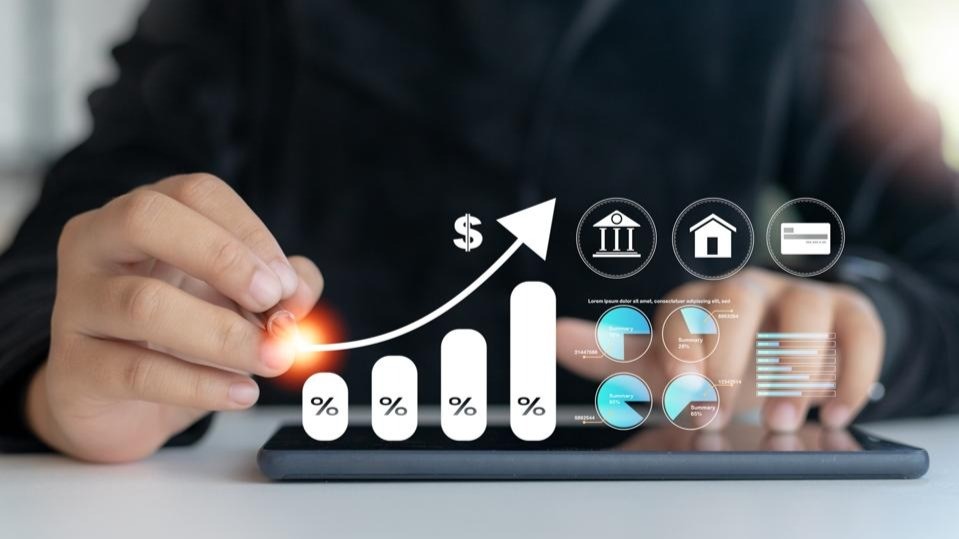
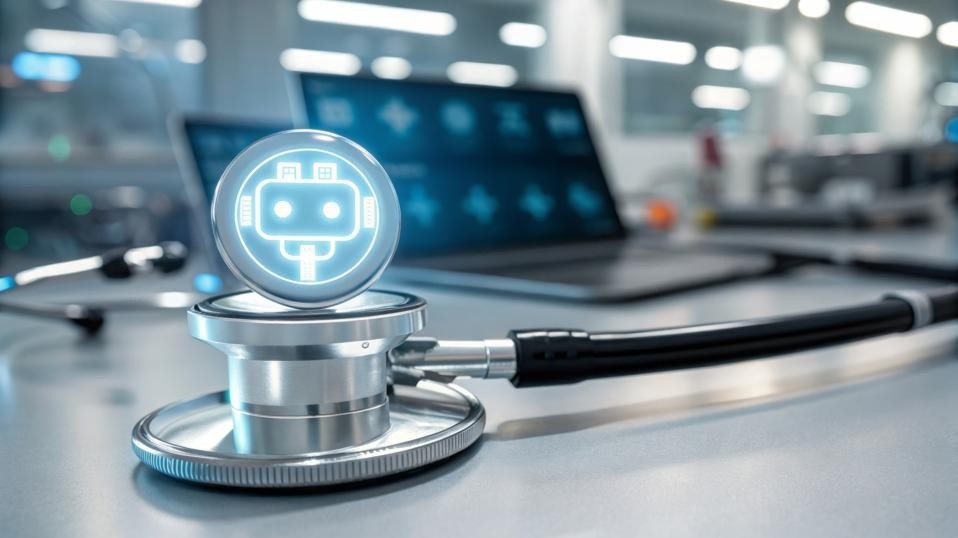
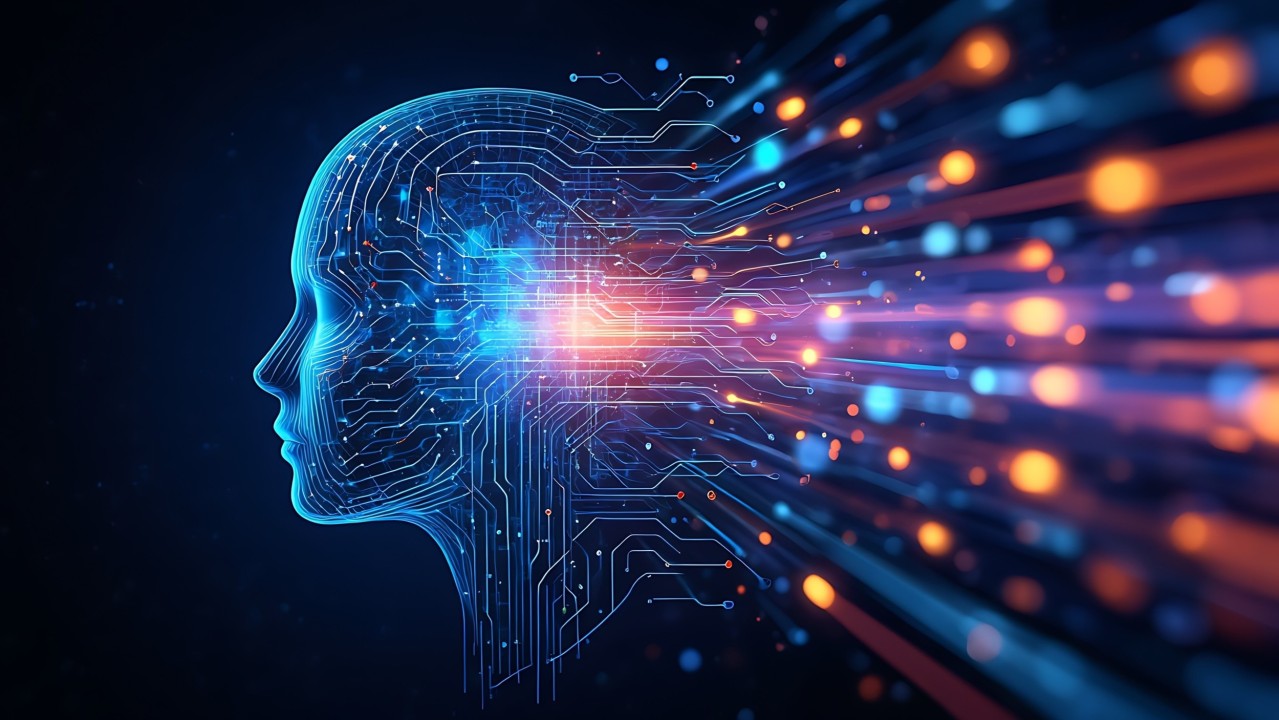
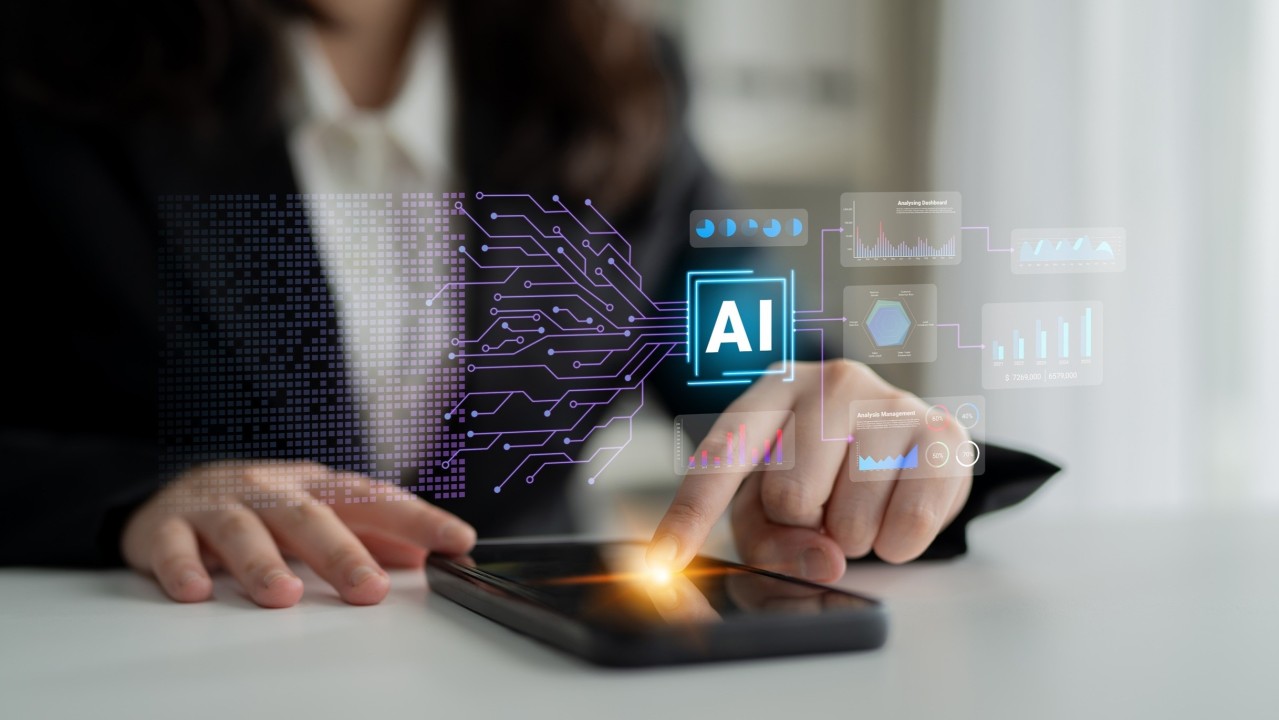
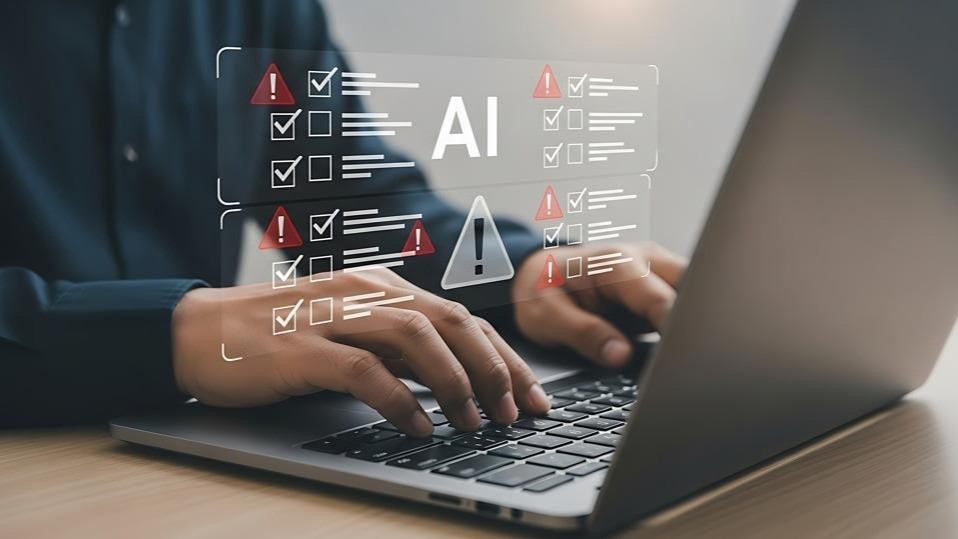
Social Media